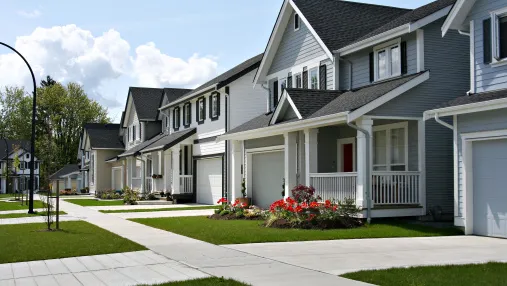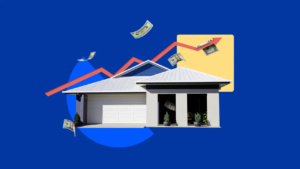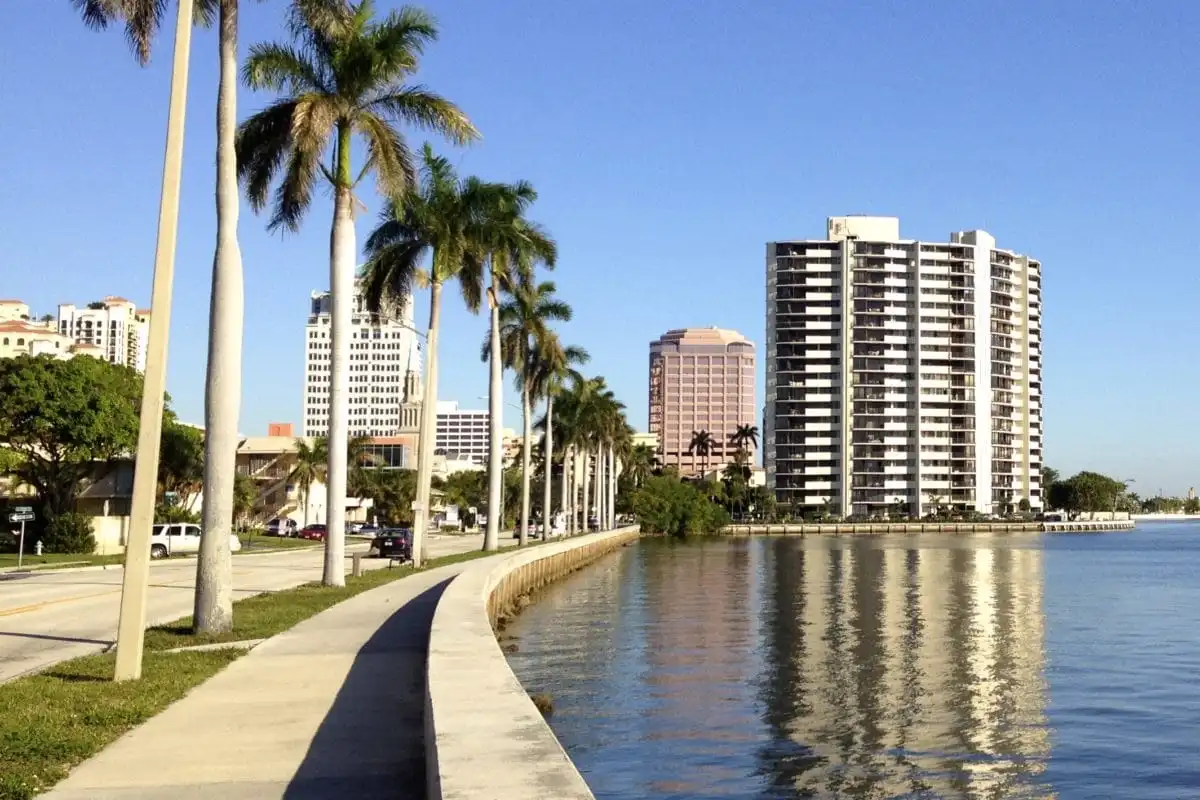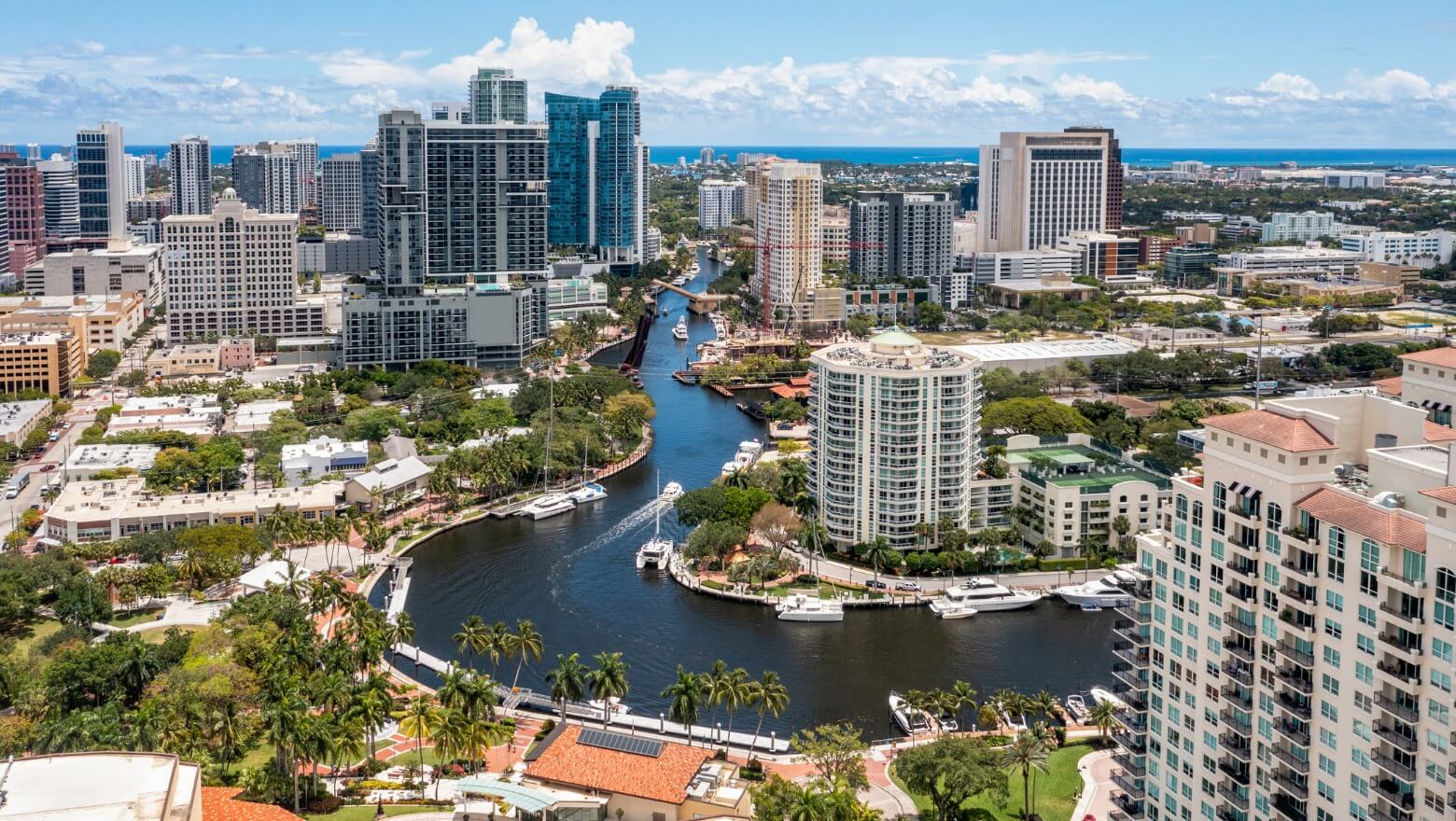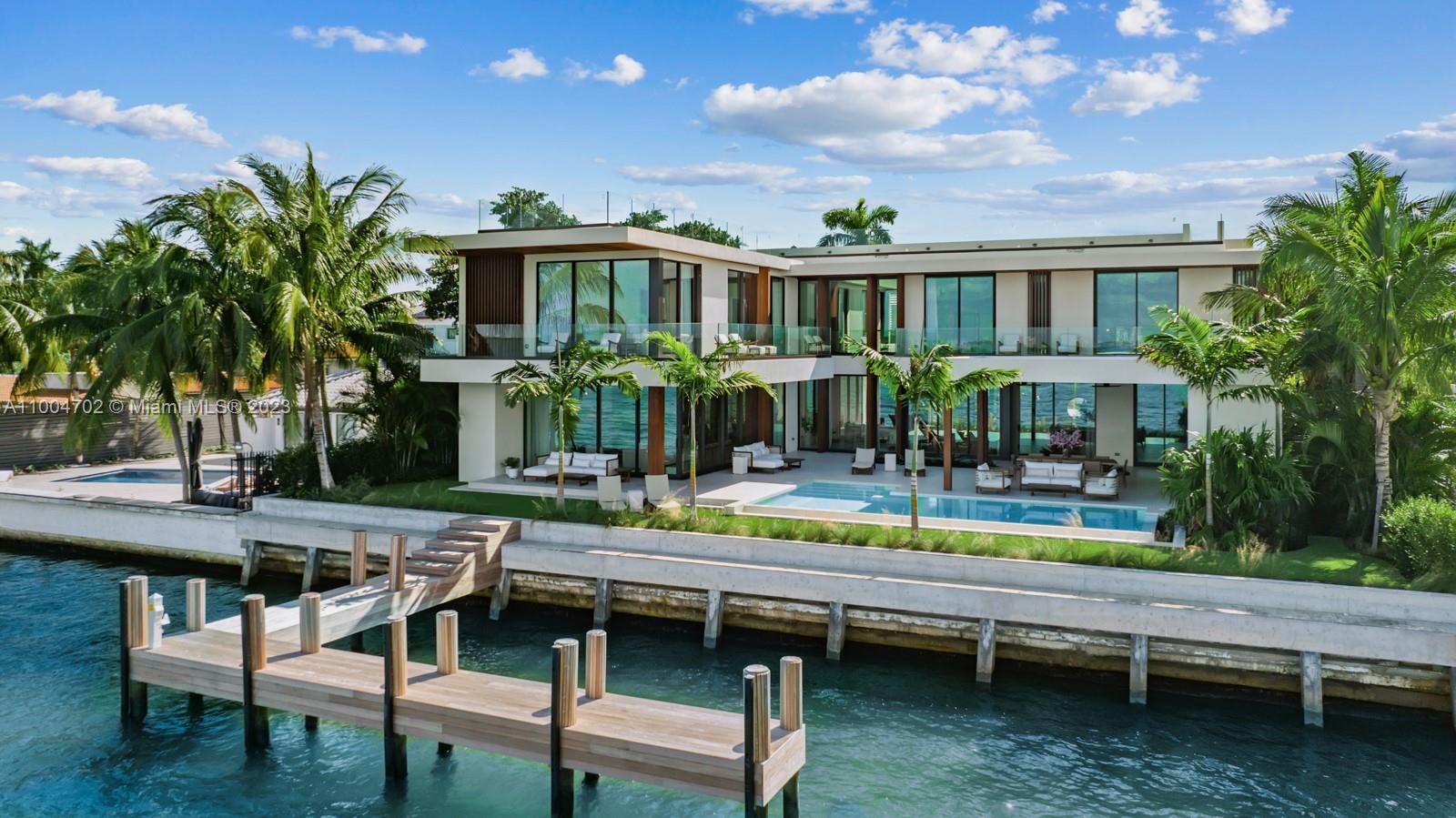America's Aging Housing Crisis: Why Home Buyers Are Forced to Purchase Decades-Old Properties
The American dream of homeownership is experiencing a fundamental shift that's reshaping the entire real estate landscape. Prospective buyers today face an unprecedented reality: the typical home purchased in the United States has reached a record age of 36 years, representing a dramatic nine-year increase from the 27-year median recorded just over a decade ago in 2012.
This striking transformation isn't occurring by choice—it's the direct consequence of a construction industry that has failed to keep pace with demand, leaving millions of Americans with limited options beyond aging properties that come with their own unique set of financial challenges.
The Construction Drought That's Reshaping American Neighborhoods
The roots of today's housing age crisis trace back to the 2008 global financial crisis, which devastated the construction industry and created ripple effects still felt today. New home sales grew over last month in the latest Census report, but homebuilders are now facing a supply issue — their inventory is building up, indicating ongoing market instability.
The statistics paint a stark picture of construction decline. Only 9% of America's current housing stock was constructed during the 2010s—the lowest percentage of any decade since the 1940s, when World War II brought construction to a virtual standstill. This construction drought has created a perfect storm where demand far exceeds the supply of newer properties.
The impact varies dramatically by property type. Condominiums have experienced the most significant aging, with the median age jumping from 26 years in 2012 to 38 years in 2024—a substantial 12-year increase. Single-family homes followed closely with an 8-year increase to a median age of 36 years, while townhouses showed more resilience with only a 3-year increase to 23 years.
Current market analysts suggest that NAR existing-home-sales data showed a 3.5-month housing supply level as of February 2025, which is much healthier than the record low of 1.6 months but still continues to favor sellers, highlighting the ongoing supply constraints affecting the market.
Regional Variations: Where Time Stands Still and Where Progress Moves Forward
The age disparity across American metropolitan areas reveals fascinating regional patterns that reflect decades of economic development, population growth, and construction activity. The contrast between the oldest and youngest housing markets is nothing short of dramatic.
The Rust Belt's Time Capsule Effect
Buffalo, New York leads the nation with homes averaging an astonishing 69 years old, built around 1955. This phenomenon extends throughout the Rust Belt, where Pittsburgh (68 years), Syracuse (65 years), Springfield, Massachusetts (65 years), and Cleveland (65 years) round out the top five oldest housing markets.
These regions share common characteristics: established industrial bases that peaked decades ago, slower population growth in recent years, and limited new construction activity. The price differential in these markets is particularly striking—newer homes (under 5 years old) typically command more than double the price of older properties (over 30 years old).
The Sun Belt's Construction Boom
On the opposite end of the spectrum, Provo, Utah boasts the youngest housing stock with a median age of just 6 years. The top five youngest markets—Provo (6 years), Austin (8 years), Boise (8 years), San Antonio (8 years), and Raleigh (9 years)—are predominantly located in high-growth Sun Belt and Mountain West regions.
These areas have experienced rapid population growth, economic expansion, and consequently, robust construction activity. Interestingly, the price gap between new and older homes in these markets is much smaller, with some markets like Austin actually showing higher prices for older, renovated properties in desirable urban core locations.
The Economics of Aging: How Property Age Affects Your Wallet
The financial implications of purchasing older homes extend far beyond the initial purchase price. While older properties traditionally offered significant savings compared to new construction, this advantage is steadily eroding, creating new challenges for budget-conscious buyers.
The Shrinking Price Gap
In 2024, buyers paid 31.6% more for newer homes (under 5 years old) compared to older properties (over 30 years old)—a premium that has decreased dramatically from the 77.9% difference recorded in 2012. This narrowing gap reflects several market forces:
- Builders are constructing more affordable housing types, including townhouses, which now represent nearly 20% of new construction
- New construction is increasingly concentrated in traditionally affordable regions
- Strong demand in markets with older housing stock is driving up prices for vintage properties
Hidden Costs of Vintage Properties
While older homes may appear more affordable upfront, they often come with substantial hidden costs that can quickly erode initial savings. These properties frequently require significant investments in:
- Electrical system upgrades to meet modern safety standards
- Plumbing replacements for aging pipes and fixtures
- HVAC system modernization for energy efficiency
- Roof repairs and replacements
- Foundation work and structural improvements
- Energy efficiency upgrades to reduce utility costs
Real estate professionals in older markets emphasize the importance of thorough inspections, particularly for electrical systems, plumbing, foundations, and potential water intrusion issues—especially in homes with basements common in older construction.
The Market Reality: Fewer Options, Tougher Choices
Today's housing market presents buyers with increasingly difficult choices as the supply of newer properties remains constrained. The prospect of elevated mortgage rates throughout 2025 suggests that housing market activity will continue to be challenged, adding another layer of complexity to an already challenging market.
Construction Industry Challenges
The construction industry faces multiple headwinds that continue to limit new housing supply:
- Rising material costs and supply chain disruptions
- Labor shortages in skilled construction trades
- Lengthy permitting processes in many municipalities
- High land costs in desirable locations
- Regulatory constraints that slow development
Buyer Adaptation Strategies
Faced with limited options, successful homebuyers are adapting their strategies:
- Expanding search areas to include markets with newer housing stock
- Budgeting for renovation costs when considering older properties
- Working with contractors before purchase to estimate improvement costs
- Prioritizing properties with recent major system upgrades
- Considering the long-term value proposition of location versus property age
Future Outlook: Will America's Housing Get Even Older?
Looking ahead, several factors will determine whether America's housing stock continues to age or begins to reverse course. The report estimates 11.3 million new homes will be built between 2025 and 2035 — more than the 9.9 million units built in the 2010s, but less than the 17 million built between 2000 and 2009.
Demographic Shifts
Population growth patterns suggest that demand for housing will continue, though at a potentially slower pace than previous decades. The number of households in the US is expected to increase by 8.6 million, or approximately 860,000 per year between 2025 and 2035, indicating steady but more moderate growth.
Technology and Construction Innovation
Emerging technologies in construction, including prefabrication, 3D printing, and advanced materials, may help address some supply constraints. However, widespread adoption of these technologies will take time to meaningfully impact housing supply.
Policy Implications
Local and federal policies around zoning, permitting, and housing development will play crucial roles in determining future construction levels. Streamlined approval processes and updated zoning regulations could help increase new housing supply.
Insights: Expert Answers to Key Housing Age Questions
Why are Americans suddenly buying much older homes?
Americans aren't choosing older homes by preference—they're being forced into this market by a severe shortage of new construction. The construction industry never fully recovered from the 2008 financial crisis, creating a supply deficit that pushes buyers toward aging properties as their only affordable option.
What's the real cost difference between old and new homes today?
While new homes still command a premium, the gap has narrowed significantly. In 2024, new homes cost 31.6% more than older properties, down from 77.9% in 2012. However, older homes often require substantial renovation investments that can eliminate much of the initial savings.
Which cities have the oldest housing stock and why?
Rust Belt cities dominate the oldest housing markets, with Buffalo (69 years), Pittsburgh (68 years), and Cleveland (65 years) leading the list. These areas experienced their construction peak decades ago and have seen limited new development due to slower economic growth and population decline.
Are older homes a good investment despite their age?
Older homes can be solid investments if purchased strategically. Key factors include location desirability, recent major system upgrades, and realistic budgeting for future maintenance. Properties in strong markets with good bones often appreciate well, especially after thoughtful renovations.
What should buyers expect when purchasing a 30+ year old home?
Buyers should budget for significant system upgrades within the first few years, including electrical, plumbing, HVAC, and roofing work. Professional inspections are crucial, and buyers should factor renovation costs into their overall budget—often 10-20% of the purchase price for major updates.
How will this trend affect the housing market long-term?
The aging housing trend will likely continue for several more years until construction catches up with demand. This creates opportunities in renovation and remodeling industries while potentially making homeownership more complex and expensive for buyers who must factor in significant upgrade costs alongside their mortgage payments.

